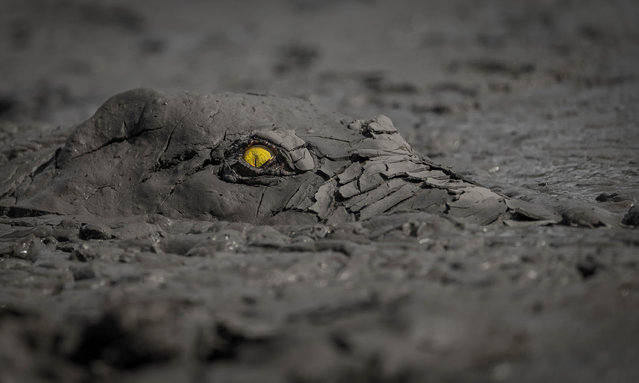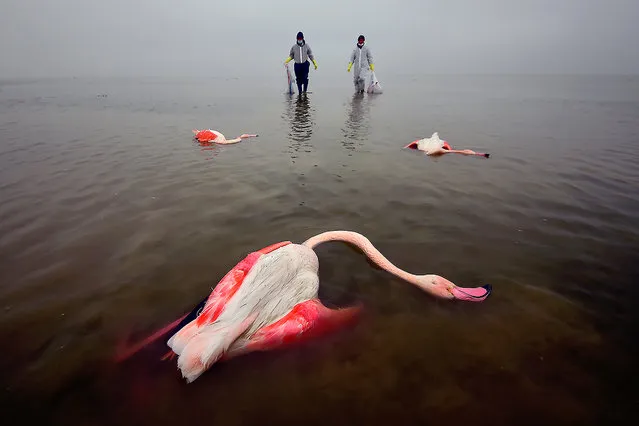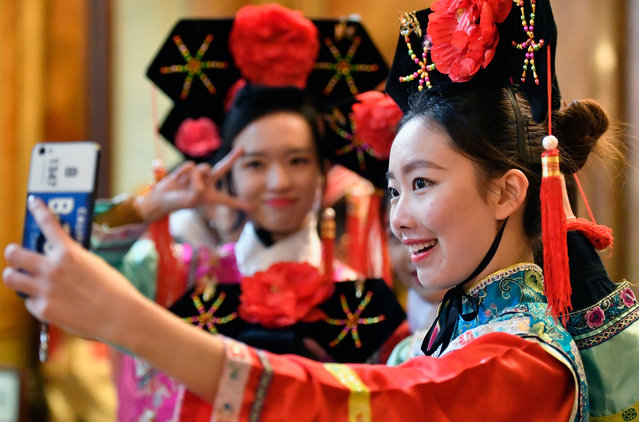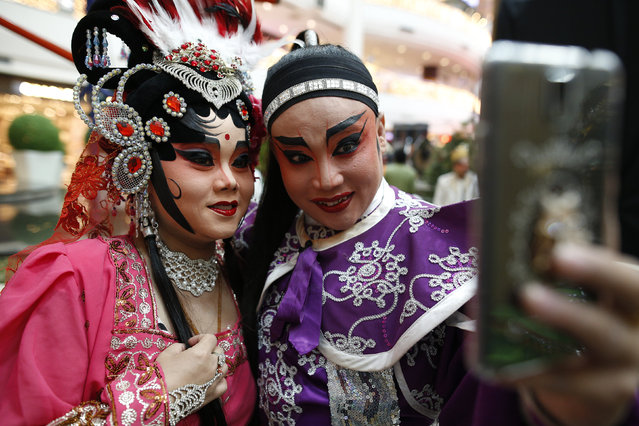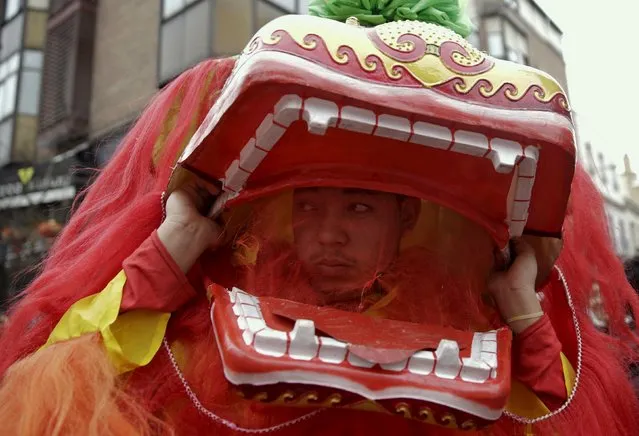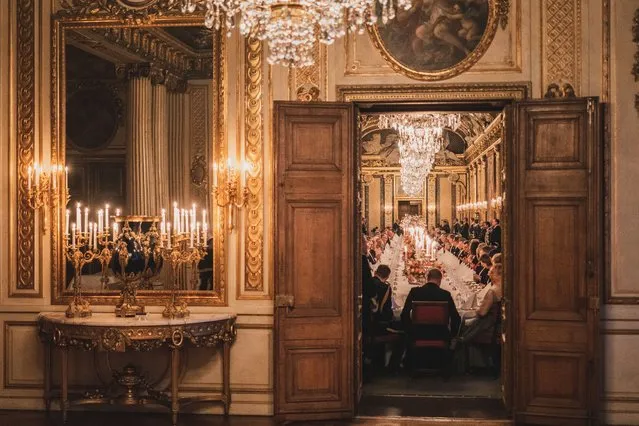
Champagne Taittinger Food for Celebration – Dinner with the King and Queen of Sweden. “Sverigemiddagen (the Dinner of Sweden), an annual event held at the Royal Castle in Stockholm, celebrates individuals who have made extraordinary contributions to their local communities. Invited guests are honoured for their achievements and are hosted by the King and Queen of Sweden at a grand dinner”. (Photo by Jonas Borg/Pink Lady Food Awards 2023)
19 May 2023 04:39:00,post received
0 comments

